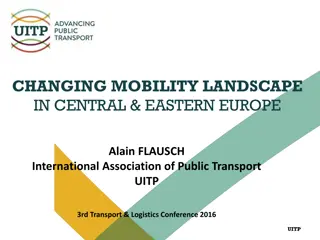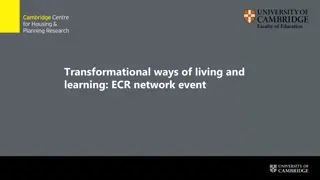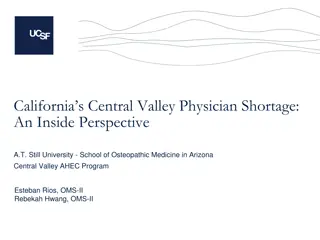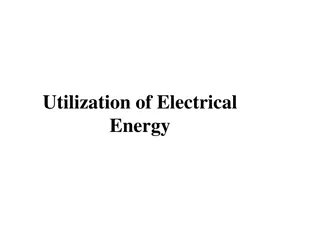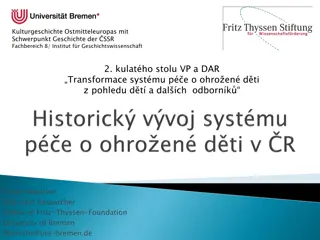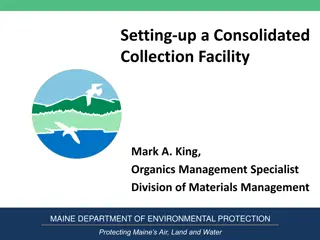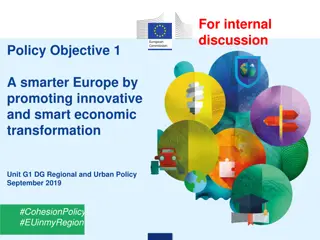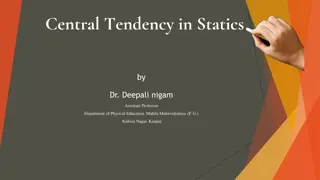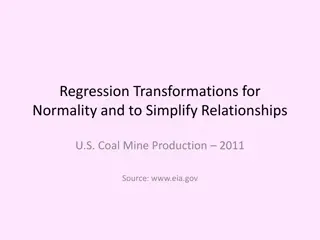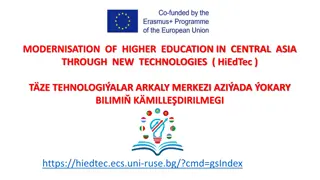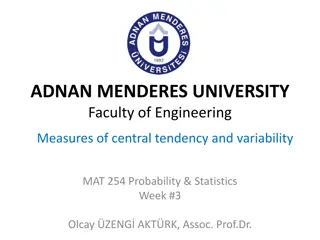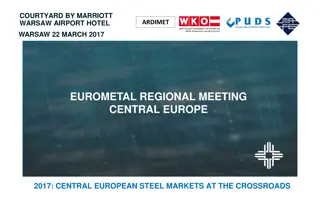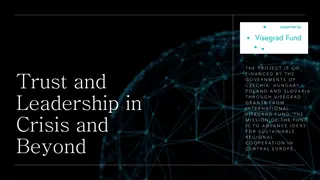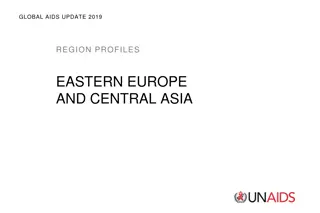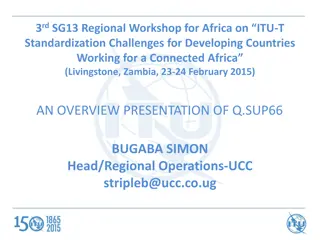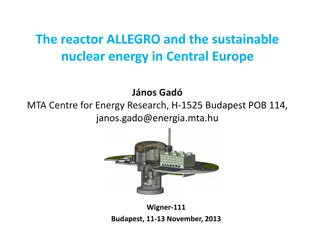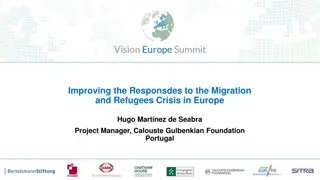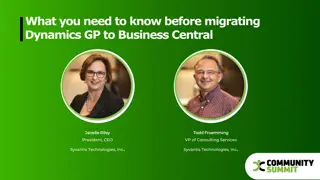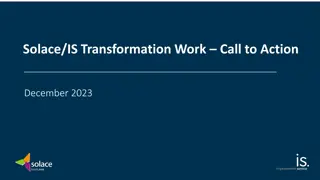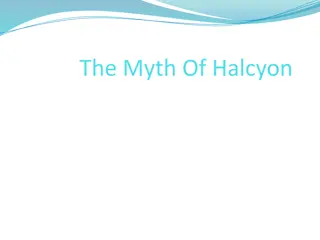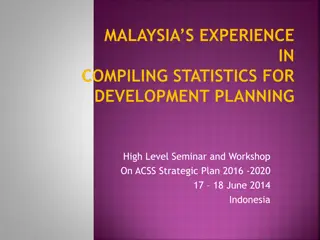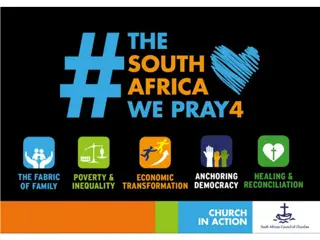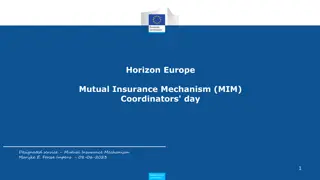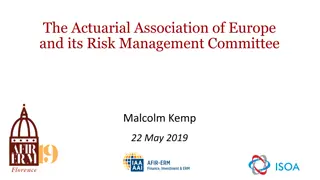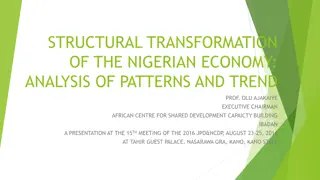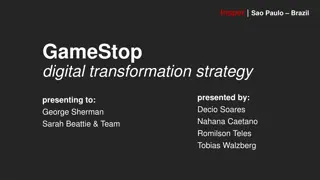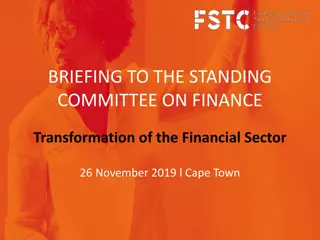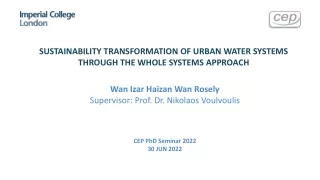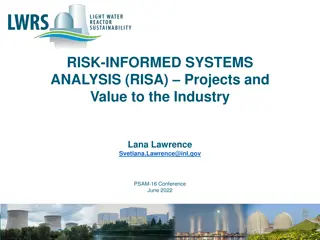Transformation of Central Europe: V4 Success and Economical Factors
Vaclav Havel's vision for transforming Central Europe politically in 1990 set the stage for the success of the Visegrad Group (V4) nations. The V4 countries experienced remarkable GDP growth and turned into significant economic powers. The transition involved embedded liberalism, shock therapy, and democratic principles. However, contrasting economic factors between 1989 and 2015 pose challenges for the region's development.
Download Presentation

Please find below an Image/Link to download the presentation.
The content on the website is provided AS IS for your information and personal use only. It may not be sold, licensed, or shared on other websites without obtaining consent from the author. Download presentation by click this link. If you encounter any issues during the download, it is possible that the publisher has removed the file from their server.
E N D
Presentation Transcript
Political transformations #VSS2015
The start Vaclav Havel, 1990: we have an opportunity to transform Central Europe from what has been a mainly historical and spiritual phenomenon into a political phenomenon we can offer the inspiration to consider swift and daring solutions .
GDP growth V4+ The ratio of GDP in US dollars per capita in 1990- 2011 to the GDP in reference year 1995 for Baltic and Visegrad states.
V4 Success Back in the mid-1990s our collective GDP was some 260 billion USD. It is now four times larger, a trillion USD, bigger than Turkey`s. If we were one country we would be well within the top twenty economic powers on the planet, as V4 we would move to 15 th rank in terms of purchasing power parity. Ahead of Indonesia, Turkey, Iran, Australia and Taiwan. Source
Embedded liberalism the activities of transnational corporations, particularly with regard to core standards in labor and human rights; the organization of the international financial architecture; and the formal rules and informal norms of international organizations (Rawi Abdelal and John G. Ruggie, 2009)
Economical transformation Shock therapy Gradualism Privatization voucher Foreign direct investment Pro-western orientated trade
Political transition Leadership dissidents + economists Democracy Pluralism - multi-party system Foreign policy orientation to west NATO
Economical factors 1989 V4 Eastern Partnership in 2015 neo-liberal consensus no common vision higher output potential lower output potential less oligarchic more oligarchic
External factors 1989 V4 Eastern Partnership in 2015 The end of Cold War Return of geopolitical thinking Fukuyama Zakaria Unclear perspective A Kidnapped West returns to its place Kundera
Internal factors: history, society... 1989 V4 Eastern Partnership in 2015 post-communist states post-soviet states relatively peaceful environment frozen conflicts tradition of modern statehood post-soviet nostalgia
Second wave of transformation? Financial crisis 2008 Case of Orb n's Hungary State capitalism vs. market economy
How should the transformation continue? Competitiveness and efficiency Research and development - innovations EU funds - Junker's package Energy Union - cheap energy
More suggestions Education and infrastructure Effective state apparatus and transparency Flexible market and fair opportunities for migrants Environmental policy and green energy Fair welfare system



